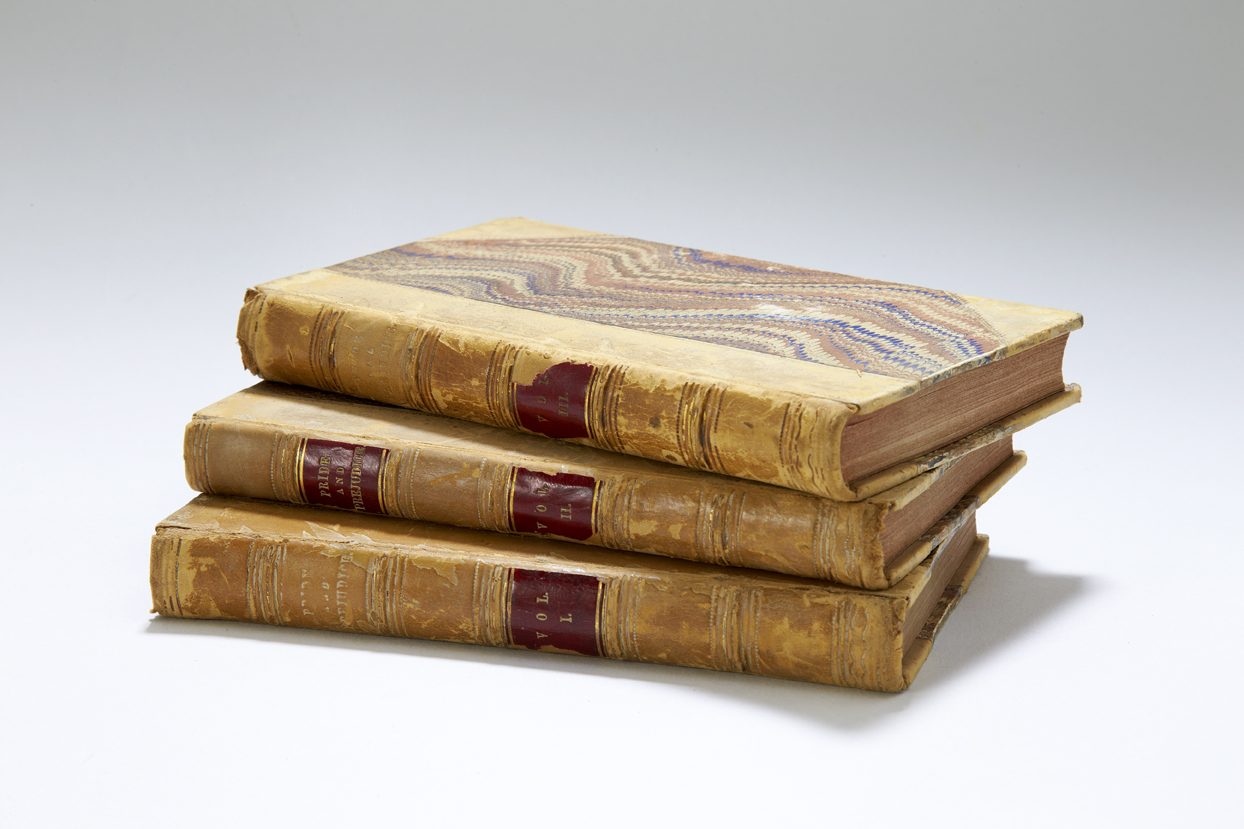Pride and Prejudice
Jane Austen’s second published novel was Pride & Prejudice. Set amongst the landed gentry in the South of England, it explores contemporary anxiety around courtship, reputation and social expectations for women. The story centres on the Bennet family, whose five unmarried daughters are not in line to inherit their family estate and must therefore marry to secure their livelihoods. The heroine, Elizabeth Bennet, champions the importance of marrying for mutual love and respect, rather than for wealth or status, although in the end she manages to achieve both in her own marriage to Mr Darcy.
Jane first drafted the novel in 1796 in Steventon following a visit to Rowling, her brother Edward’s home in Kent. At this time the novel was called First Impressions. Jane extensively revised her manuscript from 1811-1812 in Chawton, at which time she also gave it a new title, Pride & Prejudice.
After the success of Sense & Sensibility, Egerton agreed to publish Pride & Prejudice at his own risk (rather than on commission), by purchasing the copyright. Jane had wished for £150 but accepted the negotiated £110. Pride & Prejudice was published in January 1813; building on her previous success, the title page described the novel as being ‘By the Author of “Sense & Sensibility”’. The first edition sold out quickly, followed by a second edition later that year and a third in 1817. Since Egerton had purchased the copyright, he profited from these sales whilst Jane did not.

